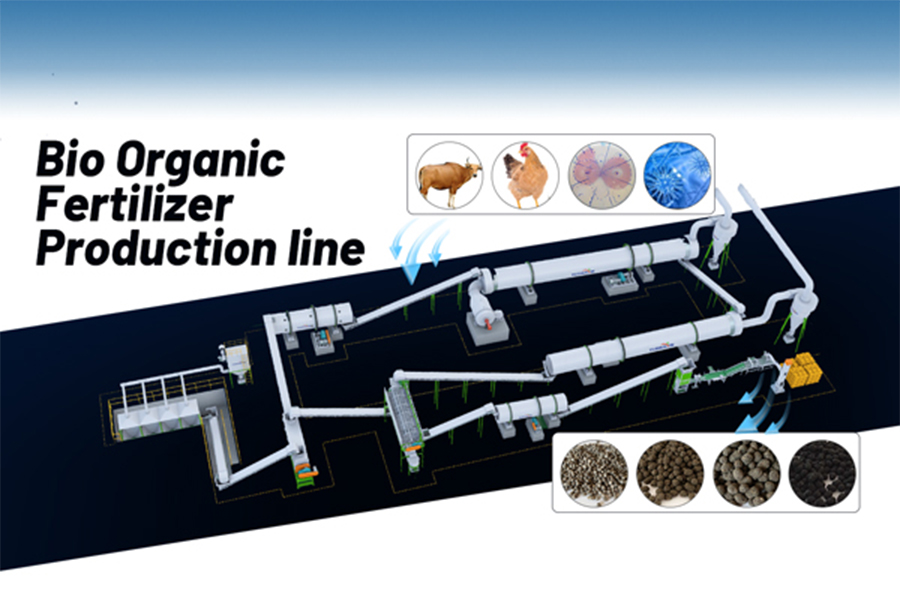In recent years, biofertilizers have emerged as a sustainable alternative to chemical fertilizers. These eco-friendly fertilizers not only enhance soil fertility but also improve plant growth by harnessing beneficial microorganisms. A critical aspect of biofertilizer production involves incorporating biological agents effectively. This article outlines the process and equipment necessary to optimize this integration.
Selection of Biological Agents
The selection of appropriate biological agents is central to biofertilizer production. Typically, the following microorganisms are used:
- Nitrogen-fixing Bacteria: Rhizobium, Azotobacter, and Azospirillum are commonly used for nitrogen fixation, which is vital for plant nutrition.
- Phosphate-solubilizing Bacteria and Fungi: Bacillus, Pseudomonas, and Aspergillus species enhance the availability of phosphorus in the soil.
- Mycorrhizal Fungi: Arbuscular mycorrhizal fungi (AMF) like Glomus species facilitate improved nutrient uptake and stress resistance.
- Plant Growth-Promoting Rhizobacteria (PGPR): These include genera such as Bacillus and Pseudomonas, which promote plant growth through various mechanisms.
- Compost-Derived Microorganisms: These organisms assist in decomposing organic matter into compost, enriching the nutrient profile of the soil.

Equipment for Biofertilizer Production
Producing high-quality biofertilizers requires specific equipment to ensure the effectiveness and safety of the biological agents:
- Bioreactors: These are essential for cultivating large quantities of microorganisms under controlled conditions. Parameters such as temperature, pH, and oxygen levels are monitored to optimize growth.
- Fermentation Tanks: For large-scale production, fermentation tanks are used to culture microorganisms. These tanks ensure consistent mixing and aeration, essential for microbial proliferation.
- Centrifuges: After fermentation, centrifuges help separate the microbial biomass from the culture media, facilitating further processing.
- Spray Dryers and Freeze Dryers: These are used to process the microbial biomass into a powder form, enhancing the shelf life of the biofertilizer.
- Mixing Equipment: Precise blending tools ensure that biological agents are uniformly mixed with carrier materials, resulting in consistent product efficacy.
- Packaging Machines: To maintain the viability of microorganisms, biofertilizers must be packaged in conditions that safeguard them from environmental stresses. Welcome to consult YUSHUNXIN!
Conclusion
Incorporating biological agents into biofertilizer production is a sophisticated process that combines microbiology techniques with advanced equipment. By selecting appropriate microbial strains and utilizing the right technology, producers can create effective biofertilizers that support sustainable agriculture. As the demand for eco-friendly farming solutions grows, mastering this integration becomes increasingly crucial for meeting global food security challenges. Welcome to visit: https://www.biofertilizerproduction.com/product/bio-organic-fertilizer-production-line/